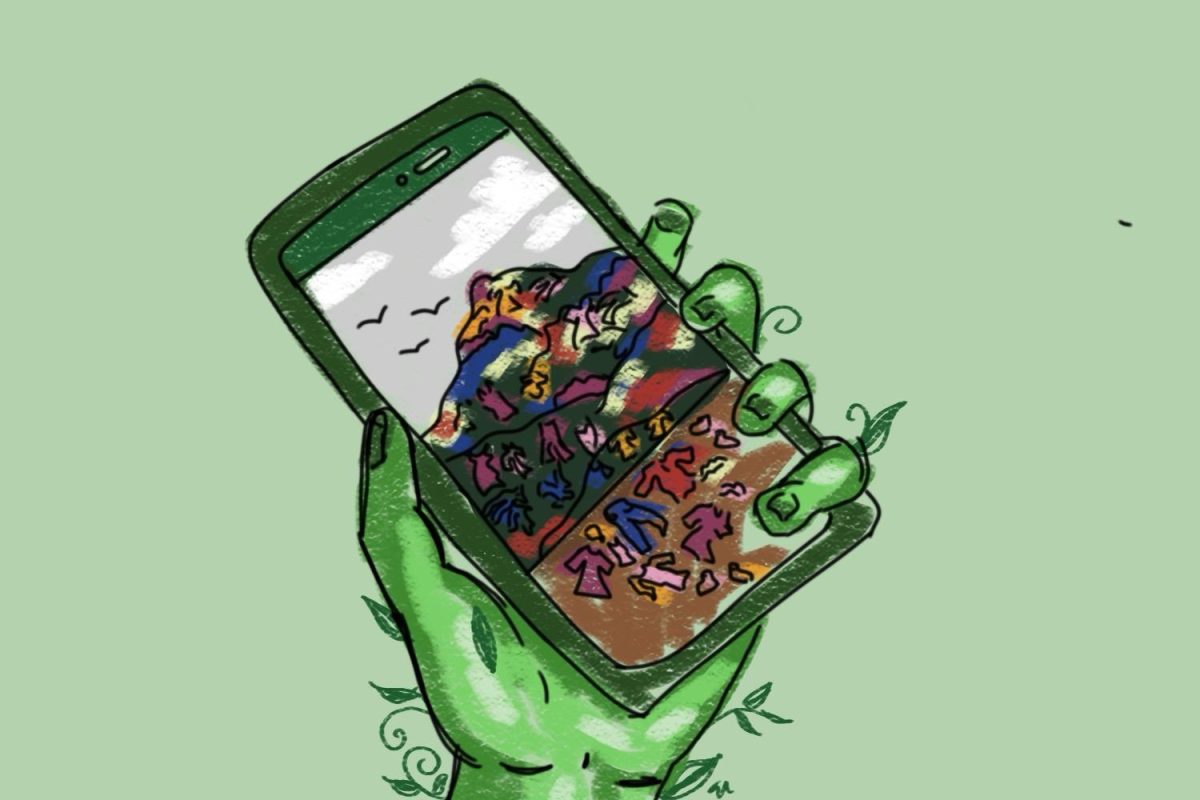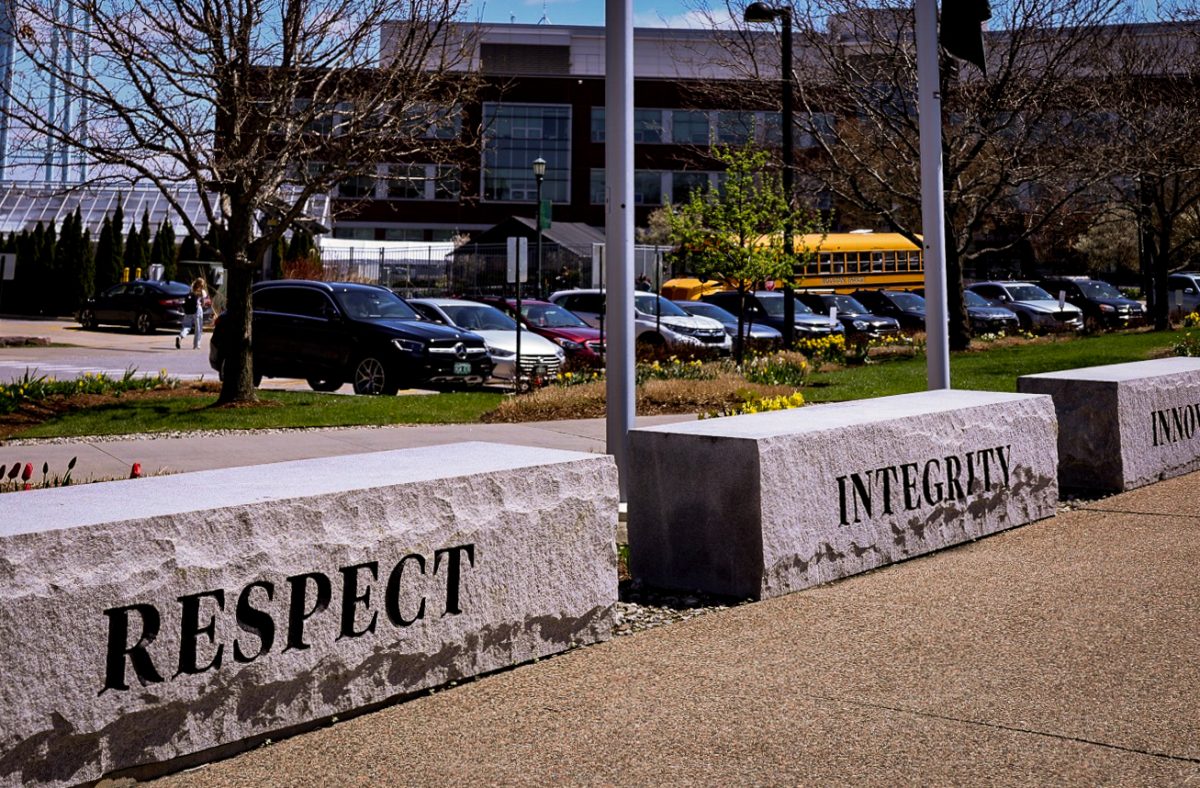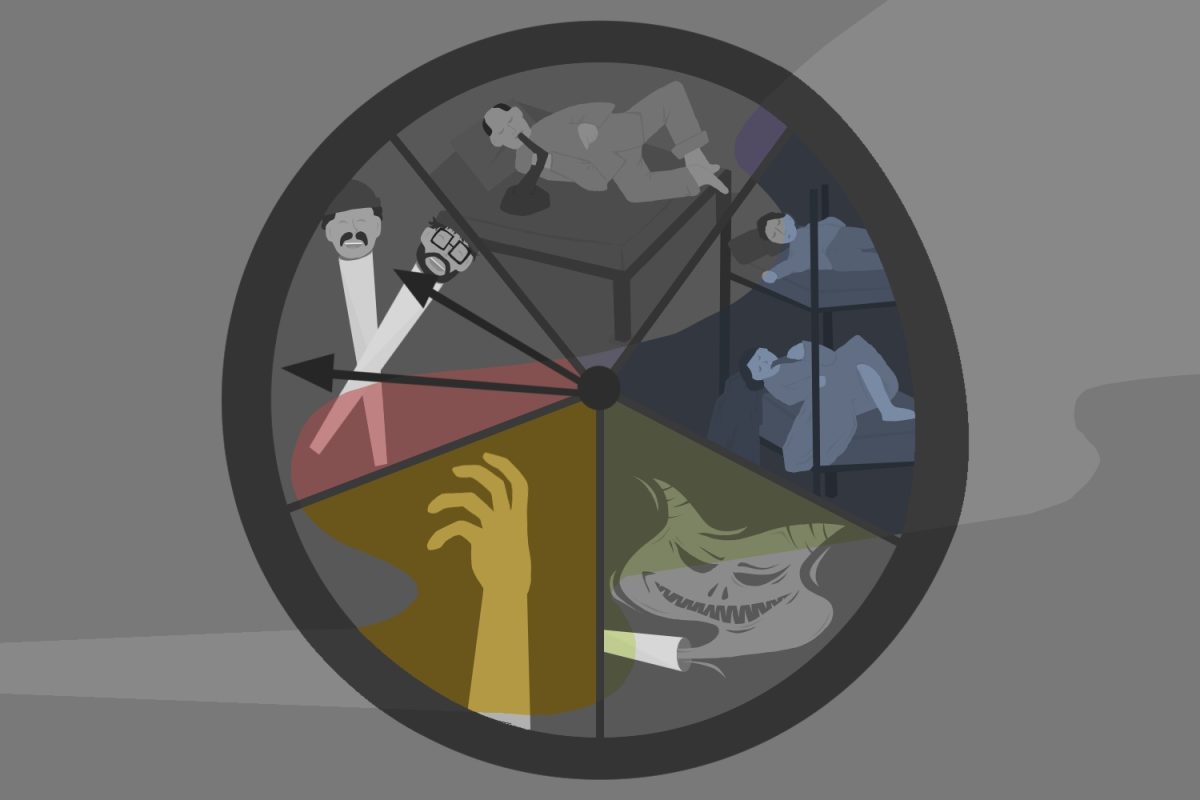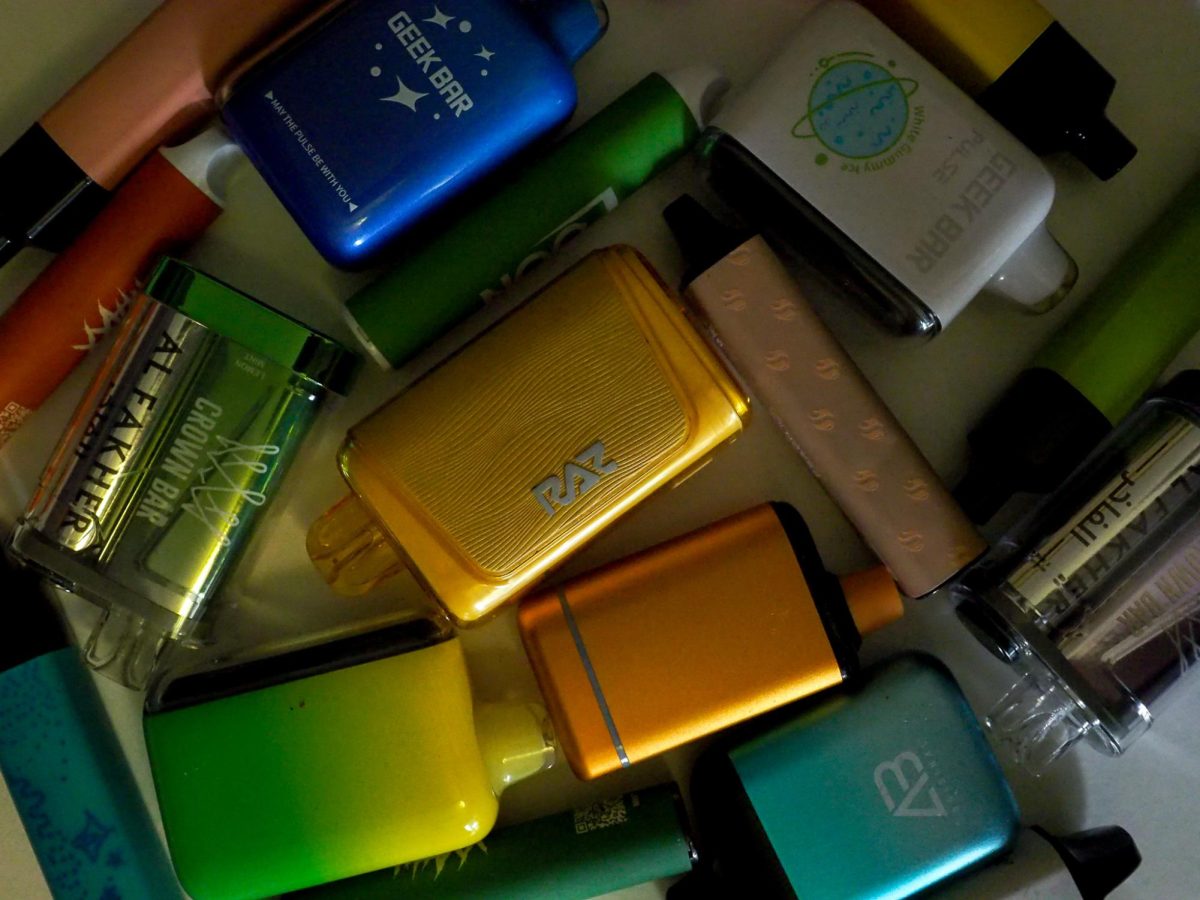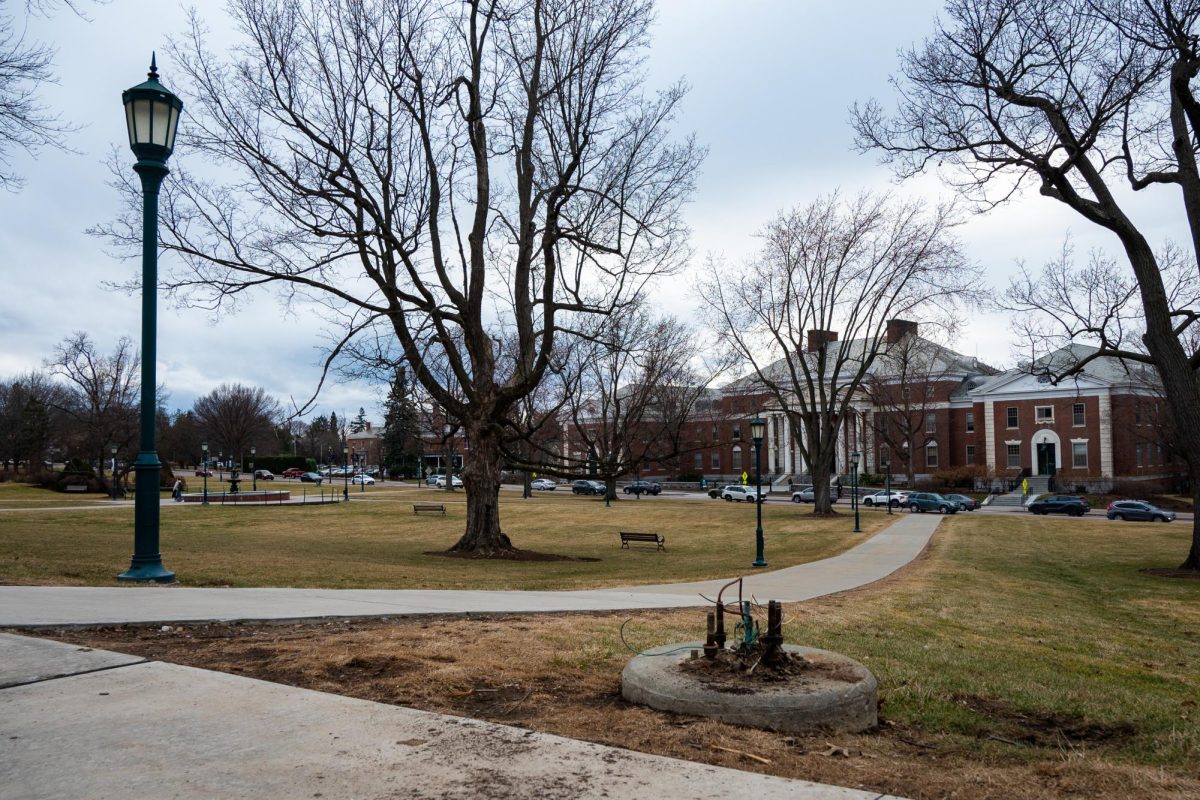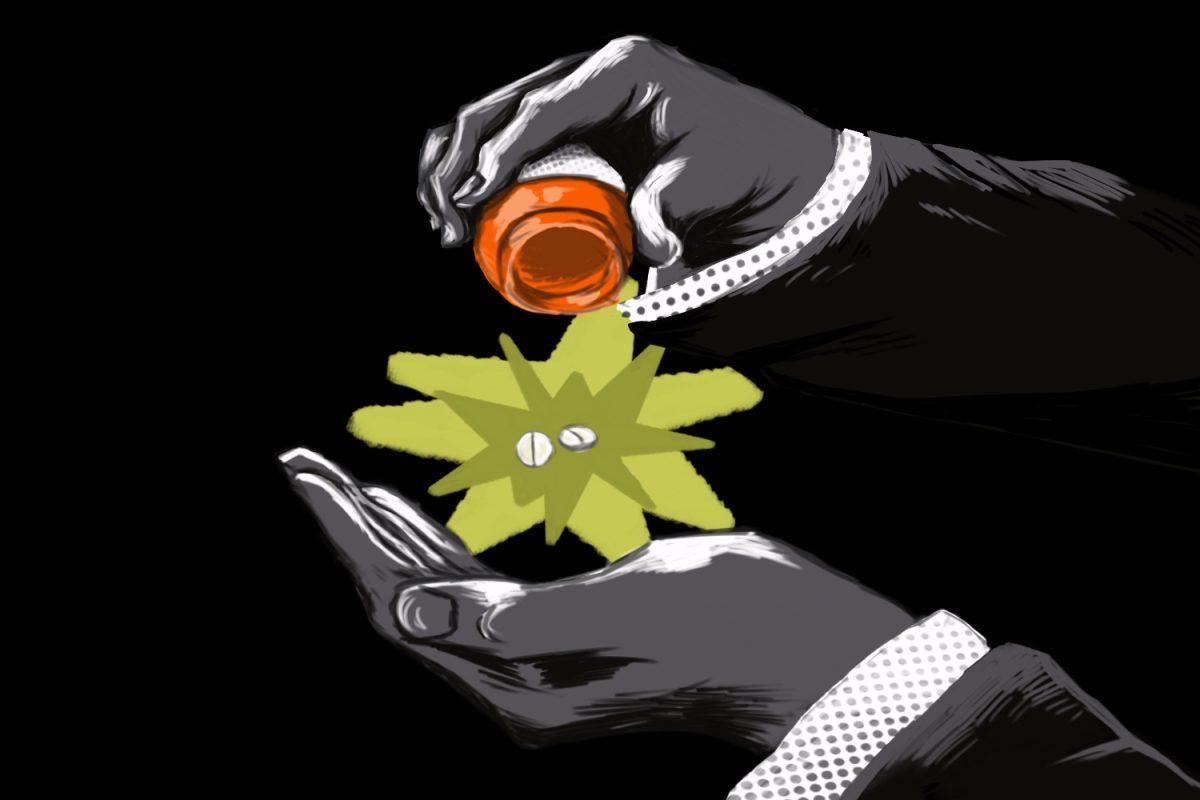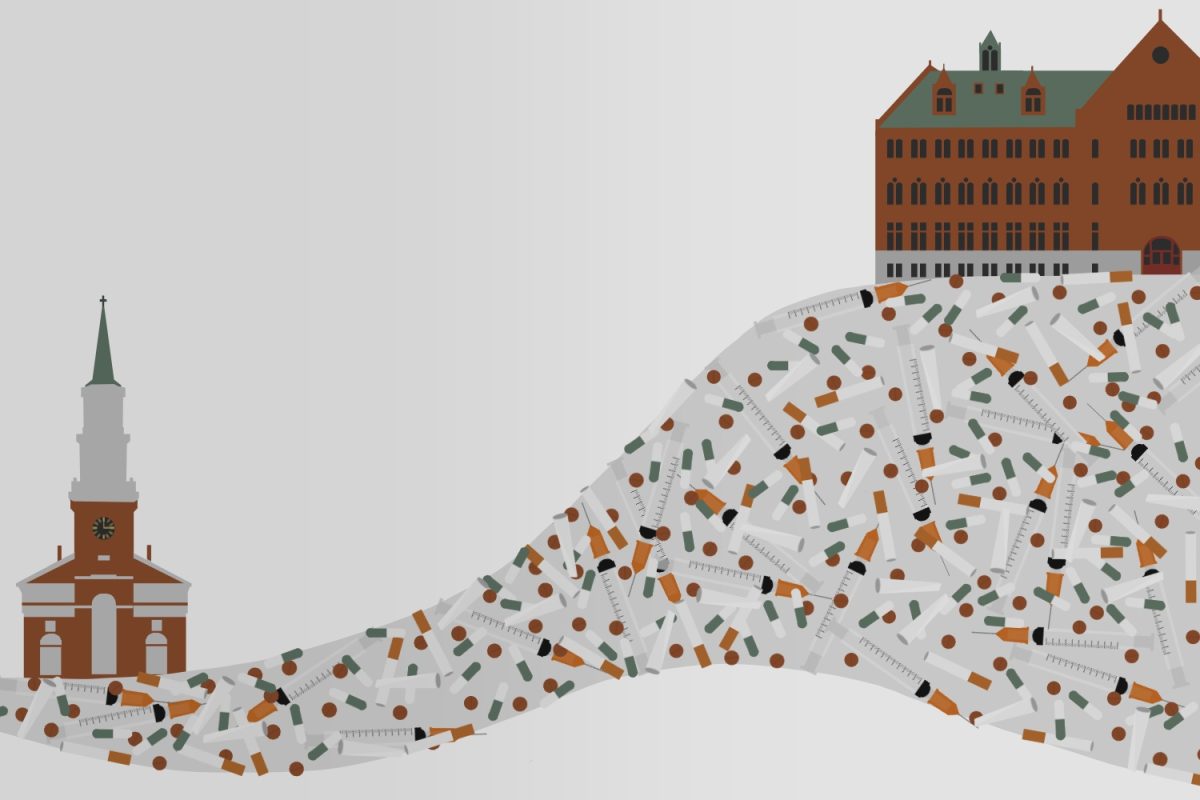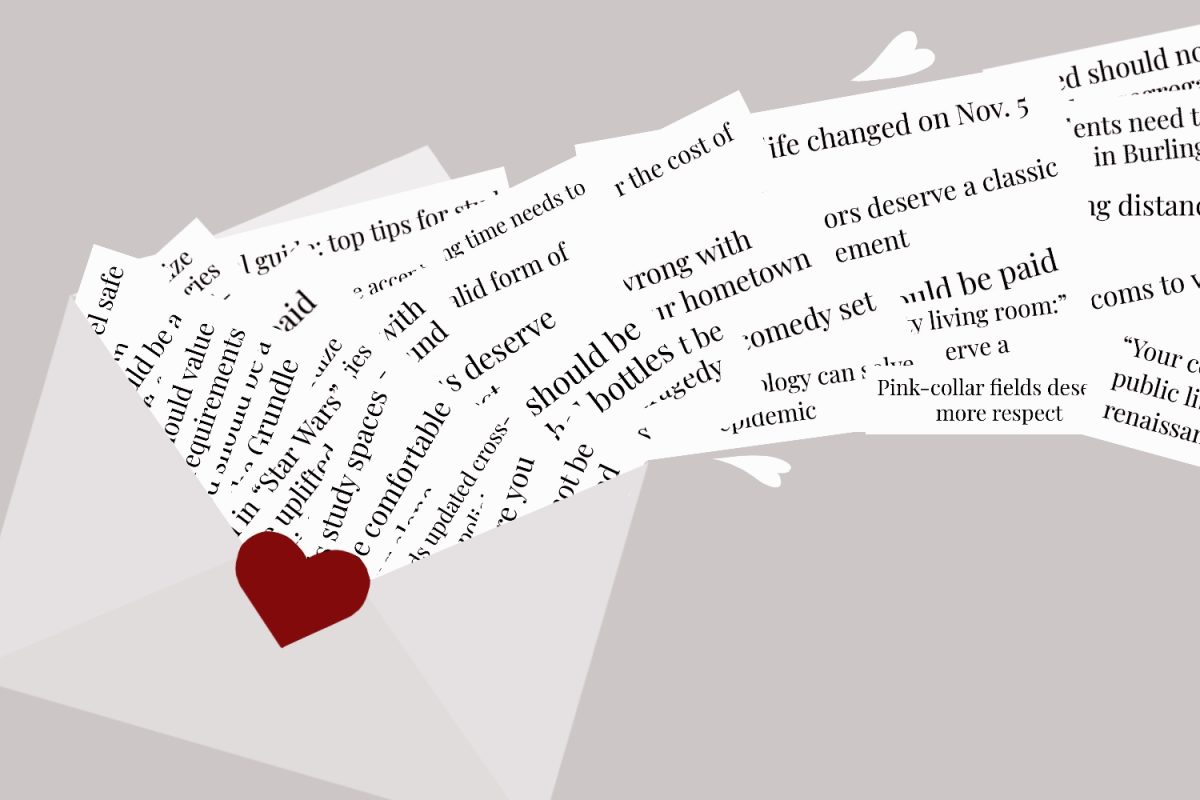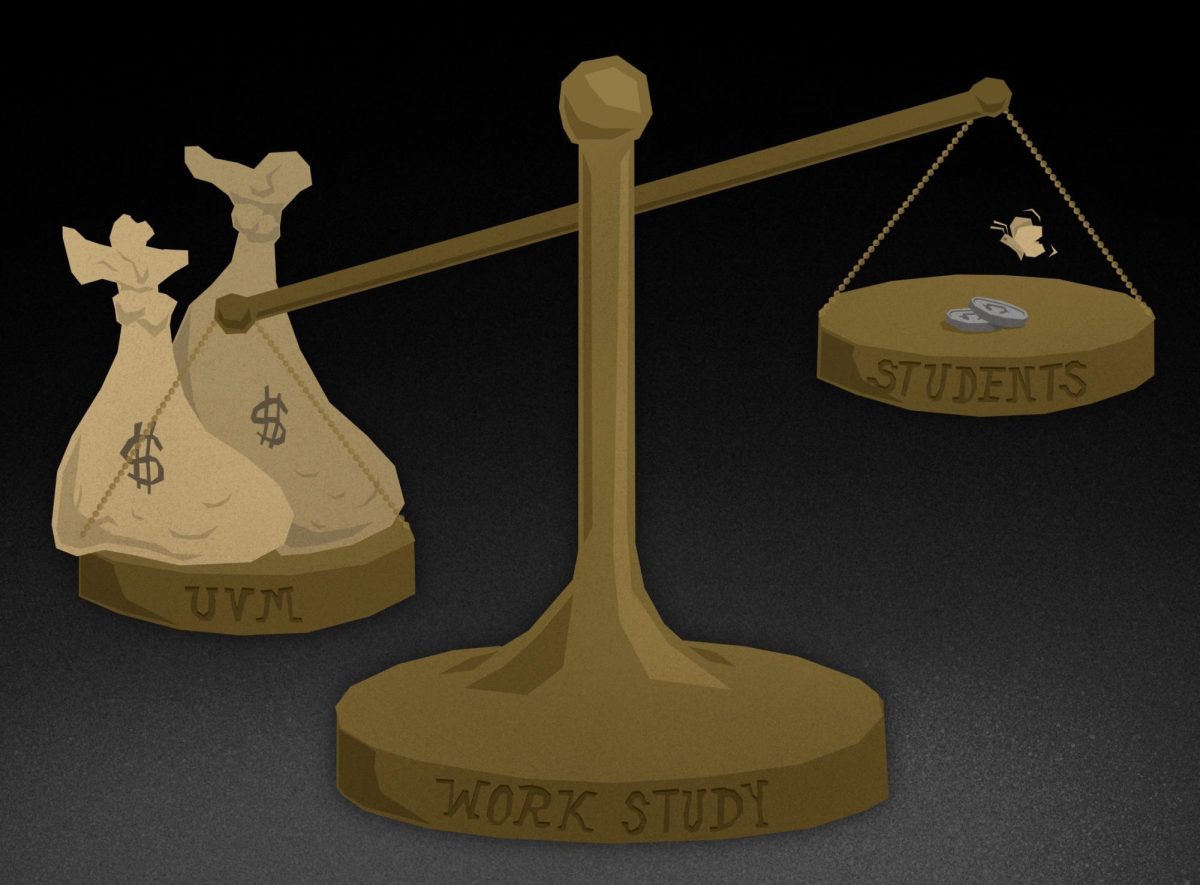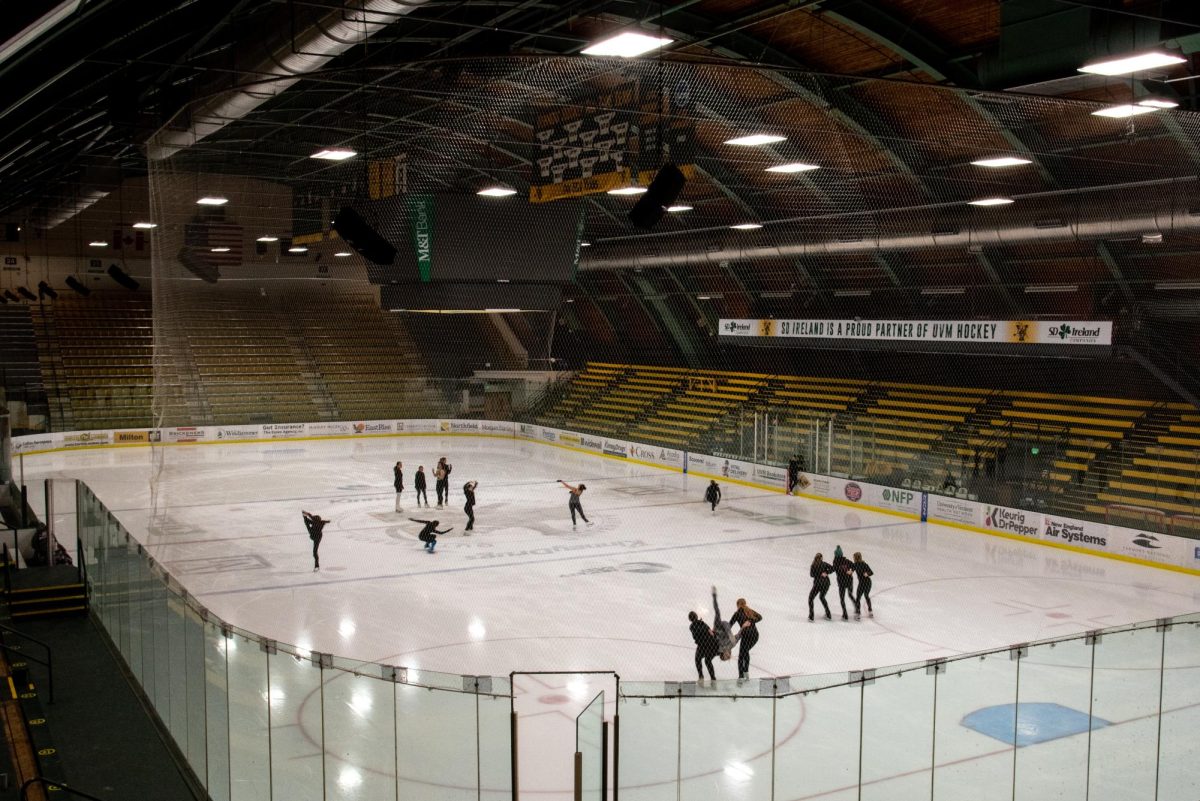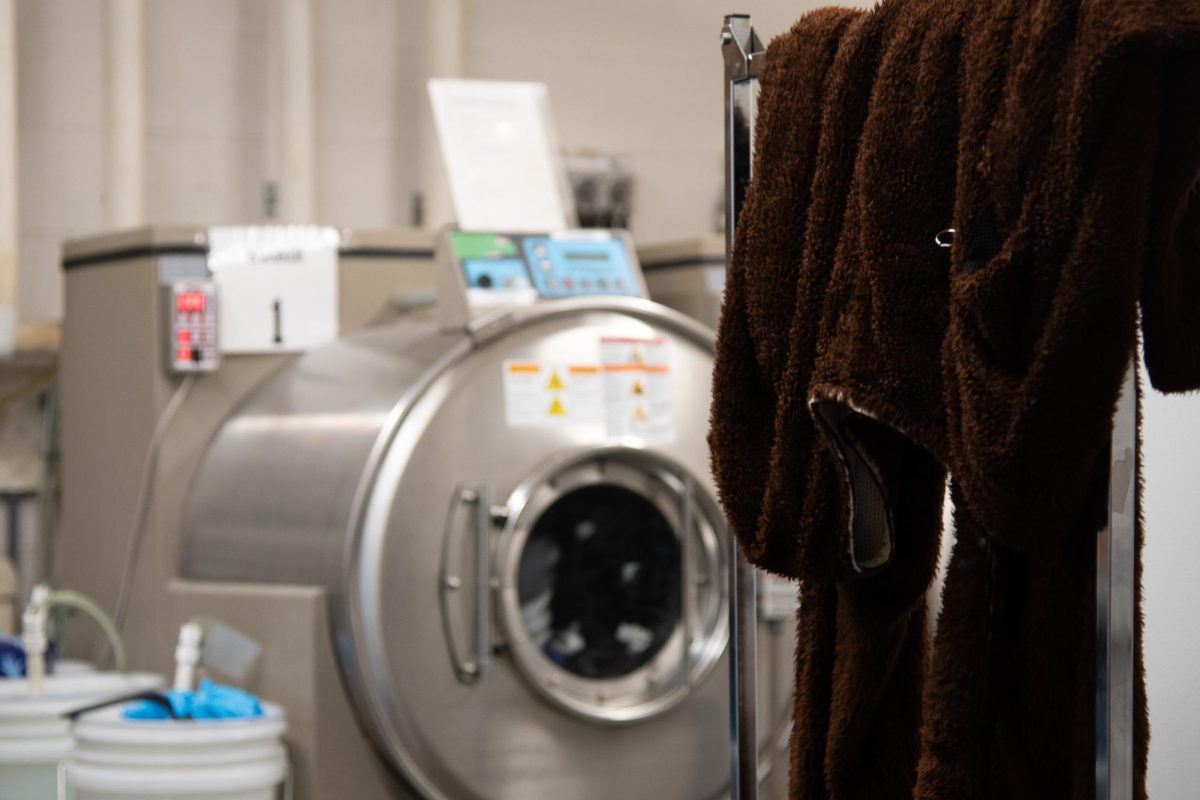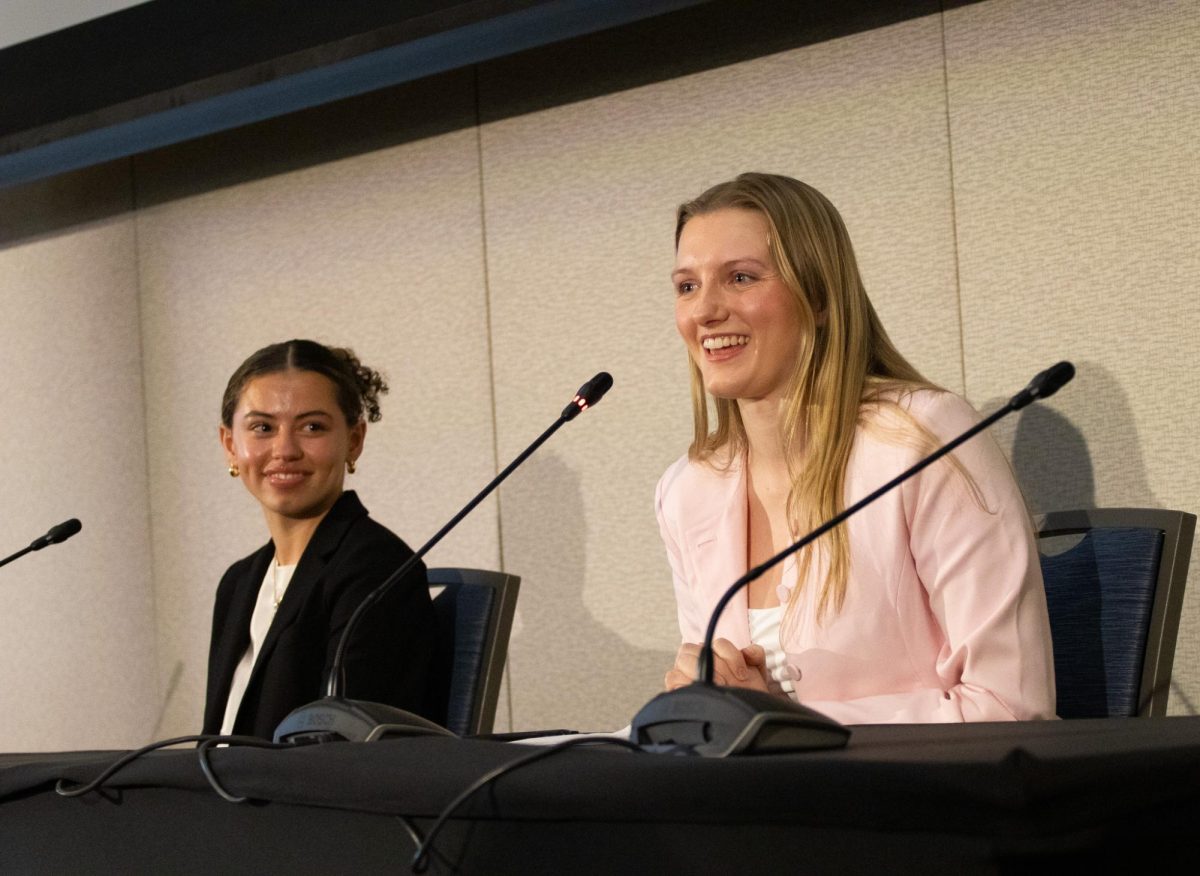Not even kids’ toys are safe from the climate crisis.
Recently, LEGO announced that they were not going through with a previously proposed plan to replace the petroleum oil they’ve been using to make their plastic bricks with an alternative, more eco-friendly material.
In order to actually use the eco-friendly alternative—recycled polyethylene terephthalate—the new machinery and manufacturing changes would’ve raised the company’s carbon footprint rather than reduced it, according to a Sept. 25 article from the Financial Times.
While this particular path towards sustainability didn’t work out, LEGO should still be applauded rather than condemned: the company doesn’t intend to give up on their efforts towards being greener. In fact, they have several initiatives in the works, highlighting the complexity that being environmentally-friendly entails.
LEGO Replay emphasizes reuse by passing donated bricks on to those in need, according to LEGO’s official website.
Reuse is key to achieving sustainability, despite much of the media’s focus on recycling or discovering alternate methods to traditional practices.
“Reusing things is easy. You don’t have to recycle them in any way, you don’t have to reshape them and then you can use them for as long as you want,” said first-year Snow Boyd Vigil.
LEGO is just one good example of keeping items and materials in a cycle of reuse.
Ninety-seven percent of LEGO owners choose to keep or pass on their bricks rather than throw them out, according to their website. When these toys are passed on, they’re saved from going to a landfill and from causing their owners to go out and buy more.
After all, one of the biggest issues that society faces is the pressure to buy more, whether it’s more toys, more clothes or more plastic that will eventually go to waste.
Overconsumption has become a serious issue in the modern age: on average, every American throws out seven pounds of waste per day, according to nonprofit Upstream Policy.
“We throw out so much and we need to think of how that can be put to use in other places where it’s really needed or even within our own communities…when we get rid of something, how can we give back?” said first-year Maisie Franke.
Recently, Franke and her cousin were buying a new pair of shoes on Church Street to replace a slightly older, more beat up pair. After receiving the new shoes, the cousins decided to leave the old pair on a bench in City Park with the hope that someone else could find new use in them.
“Within twenty seconds of them being put there, somebody came up and grabbed them and was so grateful to have these pair of shoes that otherwise would’ve gone in the trash,” she said.
This holiday season, instead of buying cheap decorations and plastic toys that will go out of trend in a few months, focus on finding something long lasting.
Many products are made out of durable materials that will last for years, and would make a much better gift than this year’s newest trend. Other companies focus on using sustainable practices, from their production to the way they’re used, according to an April 17 Women’s Health magazine.
Since eco-friendly products do tend to be more expensive, there are many other options to turn to instead of your Amazon wishlist. Baking a special treat, creating homemade art or even passing on a beloved book would all be perfect for wishing your loved ones a happy holiday.
As LEGO has demonstrated, we can’t always be perfect in our actions towards the environment. However, when we make an effort to reuse, to donate and to eliminate waste from our daily lives in some way, we can make a difference.


